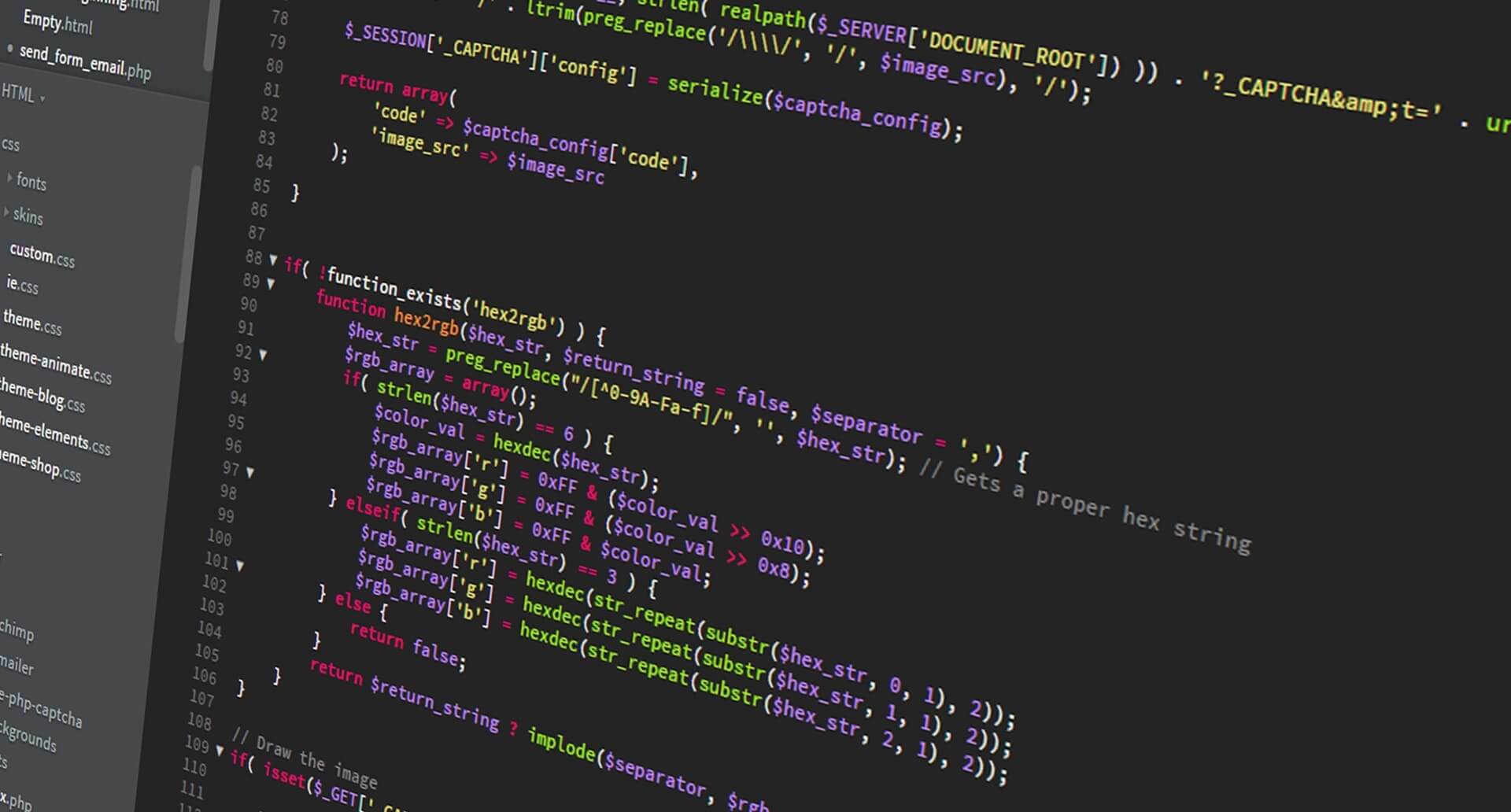
Silverstripe - how to render arrays in templates using ArrayList and ArrayData
14 April, 2020
Rendering indexed arrays
Let’s say we have an array called '$colors'. To render this on your template you’ll need to push the array contents into an ArrayList and wrap its contents with ArrayData like so
public function Colors() {
$colors = ['red', 'green', 'blue'];
$colorsList = new ArrayList();
foreach ($colors as $color) {
$colorsList->push(
new ArrayData([
'Color' => $color
])
);
}
return $colorsList;
}
Now you can render the '$colors' array onto your template by calling the method 'Colors()' in a loop like this
<% loop $Colors %>
<span>$Color</span>
<% end_loop %>
Rendering multi-dimensional arrays
Assuming we have a two-dimensional array called '$books', we'll need to push each item in the array into an ArrayList like so
public function Books() {
$books = [
[
'Title' => 'Book one',
'Author' => 'John Doe',
'Price' => 25
],
[
'Title' => 'Book two',
'Author' => 'Mary Jane',
'Price' => 50
]
];
$booksList = new ArrayList();
foreach ($books as $book) {
$booksList->push($book);
}
return $booksList;
}Since '$books' is already a two-dimensional array we don’t need to wrap its contents with ArrayData like we did in the first example. This is because ArrayList is already a wrapper for arrays or arrays of objects.
We can now render the '$books' array onto our template by calling the 'Books()' function in a loop like this
<% loop $Books %>
<p>Title: $Title</p>
<p>Author: $Author</p>
<p>Price: $Price</p>
<% end_loop %>
Post your comment
Comments
No one has commented on this page yet.
RSS feed for comments on this page | RSS feed for all comments